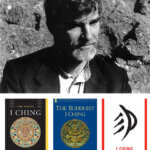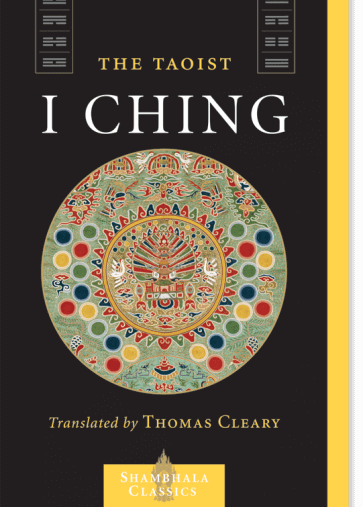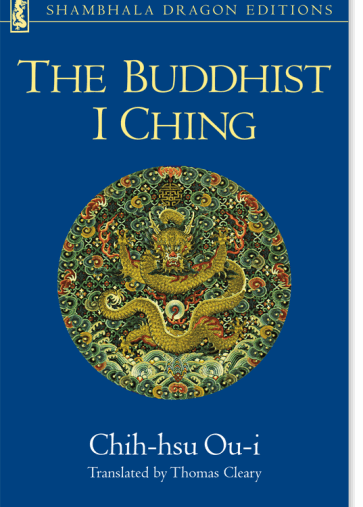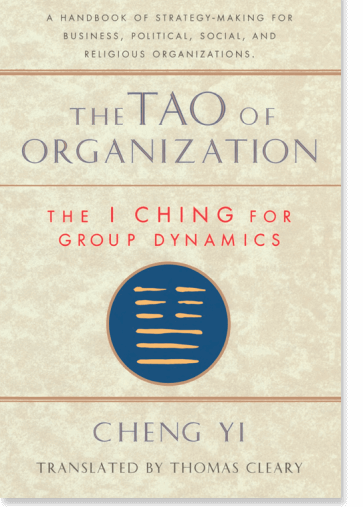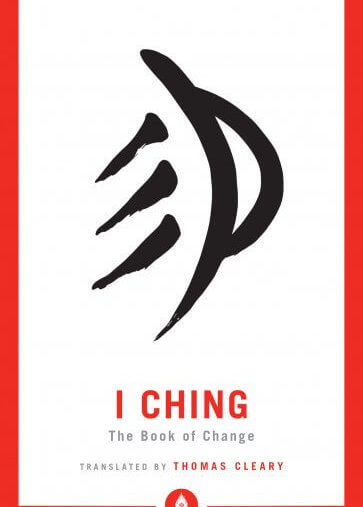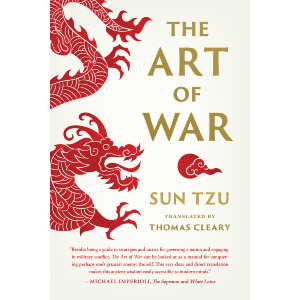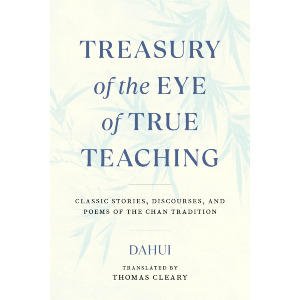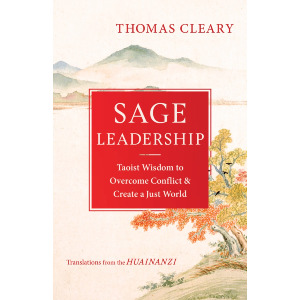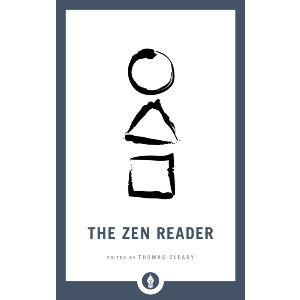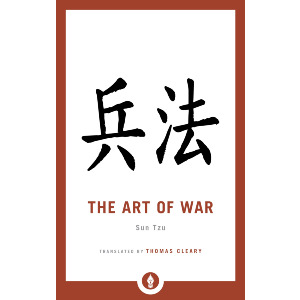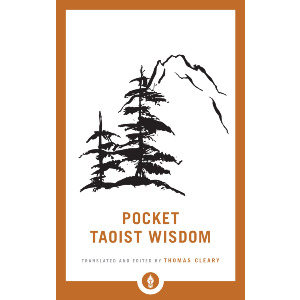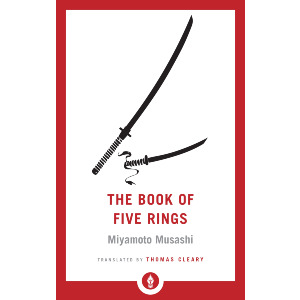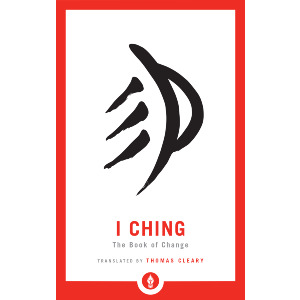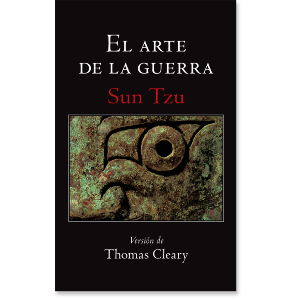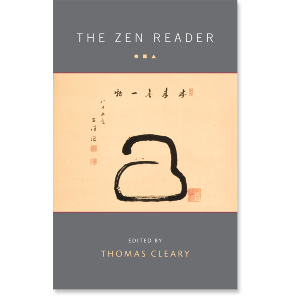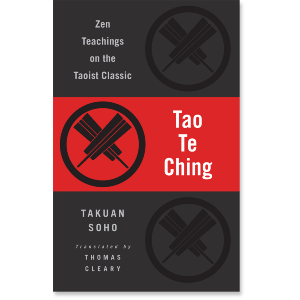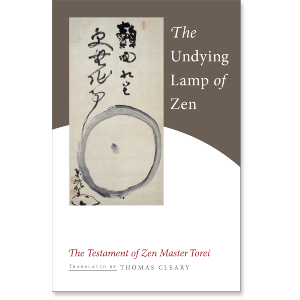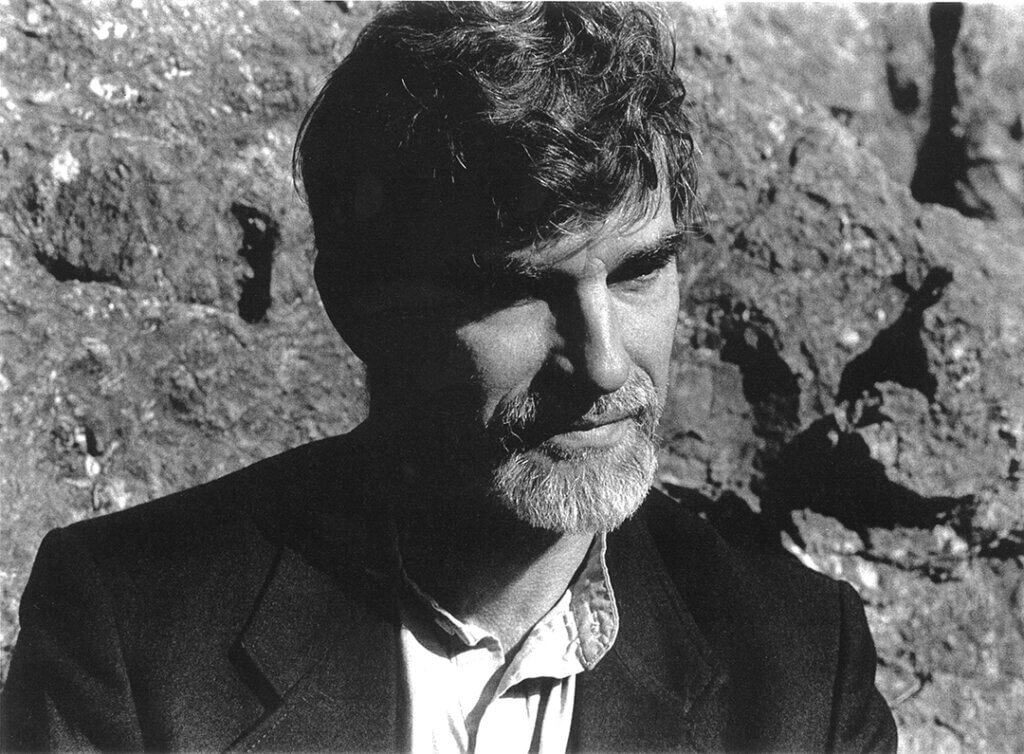
Thomas Cleary (1949—2021) was one of the twentieth century’s greatest translators of Asian classics. He was extremely prolific, translating and authoring countless works. Shambhala Publications has published over sixty. His books have sold millions of copies and his translations have in turn been translated into over twenty languages worldwide. His first published project, in collaboration with his brother J.C. Cleary, was the classic Blue Cliff Record, that great collection of koans.
Cleary explored the I Ching in many dimensions including its Taoist roots and Buddhist interpretations.
Below is a guide to Cleary’s works related to the I Ching published by Shambhala Publications. These four works span multiple traditions and disciplines. We hope you enjoy it and benefit from the lifetime of dedication to these texts and the figures behind them that have benefitted so many.
Thomas Cleary Reader Guides
Buddhism | Taoism | Art of War, Strategy, & Martial Arts | I Ching | Greek Wisdom, Sufism & Islam
The Taoist I Ching
The I Ching, or "Book of Change," is considered the oldest of the Chinese classics and has throughout history commanded unsurpassed prestige and popularity. Containing several layers of text and given numerous levels of interpretation, it has captured continuous attention for well over two thousand years. It has been considered a book of fundamental principles by philosophers, politicians, mystics, alchemists, yogins, diviners, sorcerers, and more recently by scientists and mathematicians.
This first part of the present volume is the text of the I Ching proper—the sixty-four hexagrams plus sayings on the hexagrams and their lines—with the commentary composed by Liu I-ming, a Taoist adept, in 1796. The second part is Liu I-ming's commentary on the two sections added to the I Ching by earlier commentators, believed to be members of the original Confucian school; these two sections are known as the Overall Images and the Mixed Hexagrams. In total, the book illuminates the Taoist inner teachings as practiced in the School of Complete Reality.
Well versed in Buddhism and Confucianism as well as Taoism, Liu I-ming intended his work to be read as a guide to comprehensive self-realization while living an ordinary life in the world. In his attempt to lift the veil of mystery from the esoteric language of the I Ching, he employs the terminology of psychology, sociology, history, myth, and religion. This commentary on the I Ching stands as a major contribution to the elucidation of Chinese spiritual genius.
The Buddhist I Ching
For centuries the I Ching has been used as a basic map of conscious development, containing the underlying principles of all religions, and highly prized by followers of Buddhism. Chih-hsu Ou-i uses the concepts of Tiantai Buddhism to elucidate the I Ching —concentration and insight, calmness and wisdom, and various levels of realization. Skillfully translated by Thomas Cleary, this work presents the complete text of the I Ching plus the only Buddhist interpretation of the oracle.
The Tao of Organization: The I Ching for Group Dynamics
Of particular interest for its application to business strategizing, this edition of the well-known ancient Chinese classic I Ching (The Book of Changes) guides readers through the intricacies of group dynamics and relationships within organizations of all kinds. The root text is supported by a commentary from the eleventh-century scholar Cheng Yi, founder of the movement known as Lixue, the "study of inner design." Cheng contended that by understanding the pattern of events—the inner design of nature—one can bring about mutual understanding and cooperation among people in groups, thus facilitating the accomplishment of any tasks they might undertake.
The translator's extensive introduction gives specific, systematic guidelines for consulting the I Ching for greatest understanding and best results. Included in the afterword is a profile of the modern and Japanese organizational genius Matsushita Konosuke, founder of Panasonic and other multinational corporations, whose success has been built on the principles of the I Ching.
The I Ching: The Book of Changes
The I Ching (Book of Change) is considered the oldest of the Chinese classics and has, throughout Chinese history, commanded unsurpassed prestige and popularity. Containing several layers of text and given numerous levels of interpretation, the I Ching has been venerated for more than three thousand years as an oracle of fortune, a guide to success, and a source of wisdom. The underlying theme of the text is change, and how this fundamental force influences all aspects of life—from business and politics to personal relationships. This translation of the I Ching draws on ancient Confucian commentary, which emphasizes applying practical wisdom in everyday affairs.

